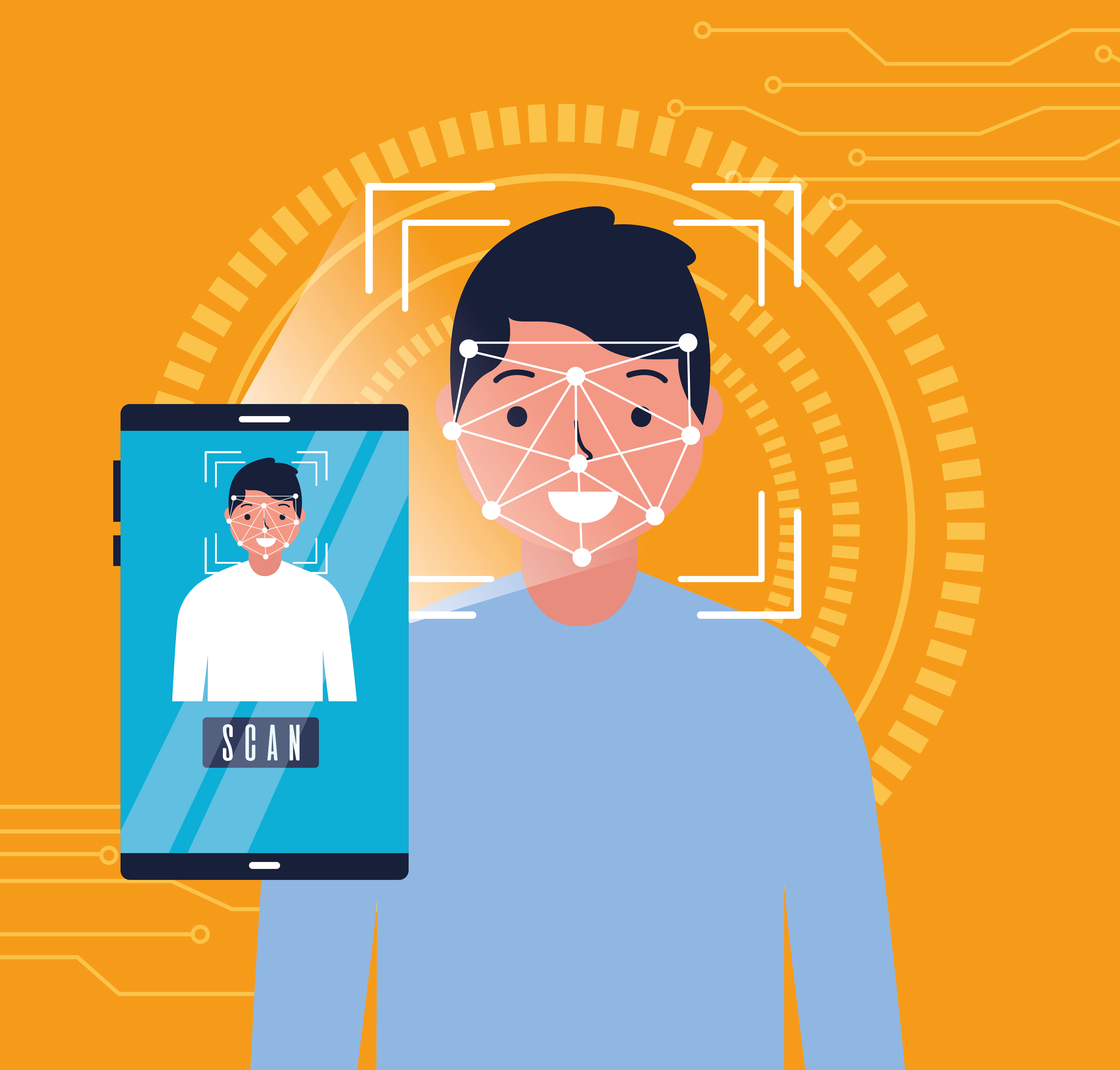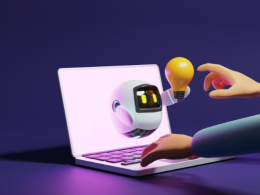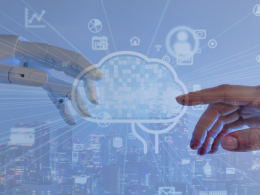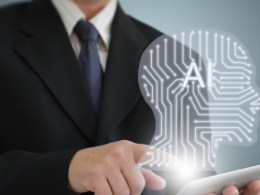Computer Vision is a gift from Artificial Intelligence.
Computer Vision is most easily defined as a computer’s ability to see. Let’s rip into this one to understand exactly why have you been hearing about Computer Vision so much lately!
What is Computer Vision?
Computer Vision enables a computer to ‘see’ and understand what it sees. Based on the objects identified by the computer, it takes decisions or provides outputs.
Computer Vision is a part of Artificial Intelligence and Machine Learning.
Google Translate uses Computer Vision to help people navigate in foreign places.
Computers are trained on labeled, digital data. They identify patterns in images and ingest information accordingly. Computers depend on different algorithms to extract, identify and understand information from one or many images.
This is how Computer Vision works.
Lets now see why is it important and how is it being used across industries.
Applications of Computer Vision
Microsoft recently reported a 96.5% accuracy that it achieved in one of its Computer Vision algorithms.
This essentially means that the algorithm is correctly able to understand information from images, videos and digital data with an error rate of only 4%.
Extracting data from images and videos could mean a number of different things. Right from understanding what the picture is conveying to finding patterns from it and identifying objects in the image in order to relate them with other data is what forms a part of Computer Vision.
A number of businesses are using Computer Vision today. Let’s discuss some major applications of Computer Vision.
1. Image Processing
Image Processing is a part of Computer Vision.
It involves creating a new image from an existing one or enhancing an image. The process involves using mathematical functions and algorithms to work on digital data in images.
Image Processing started around the 1960s and developed in two different forms: analog and digital.
Image Processing has come a long since then. The branch of Image Processing that deals in Computer Vision is Digital Image Processing.
You can find many applications of Image Processing around yourself. Image enhancement involving sharpening, blurring, stretching, detecting edges and borders and recognizing images.
We’re sure you’ve heard of Photoshop. Digital Image Processing is deployed in Photoshop completely.
Most successful strides have been in the Healthcare sector.

Image Processing is being used for detecting conditions and diagnosis of diseases by medical practitioners.
PET Scan allows early detection of brain tumors, gamma-ray imaging provides scans of many internal organs, CT Scan and UV Imaging are all applications of digital image processing.
2. Self Driving cars
One of the most exciting inventions of AI probably is driverless cars.
Ever wondered how these self-driving cars understand navigation?
Different algorithms are trained for object detection. When the car approaches an obstacle, the algorithms match it to similar pictures in its database and take decisions accordingly.
These automated cars are installed with maps for navigation, video cameras to capture approaching traffic and obstacles and machines to help understand what these obstacles are and how to deal with them.
There is a lot of speculation around the feasibility of self-driving cars. How will these cars manage in rain or snow? How will cars be programmed to stay updated with traffic laws and rules of cities and what happens to driverless cars in case of accidents are all questions that need serious consideration.
Ford, Google, Mercedes Benz, Audi, Nissan, General Motors, Toyota, Volkswagon and BMW are all invested in the idea of self-driving cars and have been testing the same.
3. Facial Recognition
Facial recognition is another one of the major applications of Computer Vision that is being used by a lot of businesses these days.
Facebook might be leveraging this technology the best.
Facebook uses its auto-tagging feature to help tag the correct people in pictures. Facebook algorithms are trained on a series of ‘named’ or ‘labeled’ pictures. This is you tagging your own pictures.
The algorithms recognize patterns and objects in these images and interpret this as different people. Now, in the future, when you introduce a new image to Facebook, the algorithm searches through its database to suggest a suitable tag based on its understanding.
Going from social media tagging to security systems, Computer Vision applications change drastically.
Facial recognition is deployed by security companies and surveillance cameras to help them serve their customers. Facial recognition in phones help setting a secure lock system.
Retail stores use facial recognition for inventory management and employee admittance.
4. Agriculture
Agriculture has been leveraging Computer Vision to enhance productivity and yield.
Farmers are helped by drones that sweep the entire crop for signs of pests, fungus and other plant diseases. These drones are fitted with cameras that capture images and later are processed by Computer Vision algorithms to detect anomalies, infections and unhealthy produce.
Norwegian Fisheries are also focused on using Computer Vision to detect sea lice. Fish rearers greatly profit from plucking sea lice out of fisheries.
Other than pests and diseases, machines also help track and identify nutrient-deficiency in crops.
Computer Vision in agriculture might not be the most glamorous application of this technology but it sure is helpful to a trillion-dollar industry that has overreaching impacts on many other industries.
You can read other applications of Computer Vision in agriculture here.
5. Digital Maps
One of the applications of Computer Vision is in Geographic Information System.
Satellite images are used to develop digital maps.
The use of image processing to identify streets, roads, routes, street signs, buildings, cars and other components of regular traffic is the first step of staring on a digital map.

The satellite images are developed into digital maps by allowing for road networks and buildings.
With the help of Deep Learning and Computer Vision, Google Maps has been able to digitize maps for almost every location across the world.
Aerial and satellite images are enhanced by Computer Vision to track climate changes, species count, flora & fauna inspection and natural disaster prevention and management.
These were some applications of Computer Vision that have made a considerable impact on the world.
Right from simple processes like zooming an image to identifying areas prone to natural disasters, mapping out a place on the map to inventing an automated vehicle with self-navigation, Computer Vision has found its uses everywhere these days.
Maybe this is the right time you got yourself acquainted with Artificial Intelligence, Machine Learning, Deep Learning and how the future will be impacted by these three behemoths.
You can start by reading our few previous articles to get your basics right!
Did you like this post? In case, you have any questions or feedback for us, feel free to write to us in the comments section below.







Absolutely accepted your piece of content, awesome work! I recently published a content that might be a good fit. Either way keep up the good work!